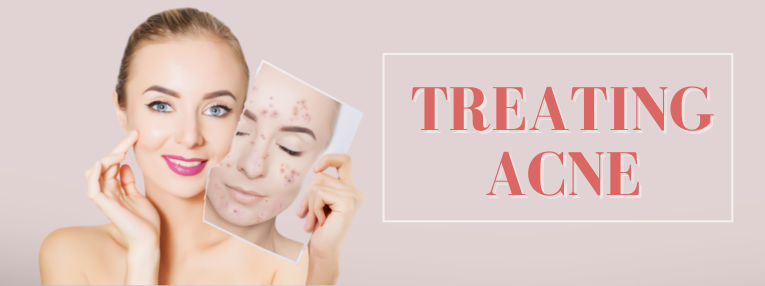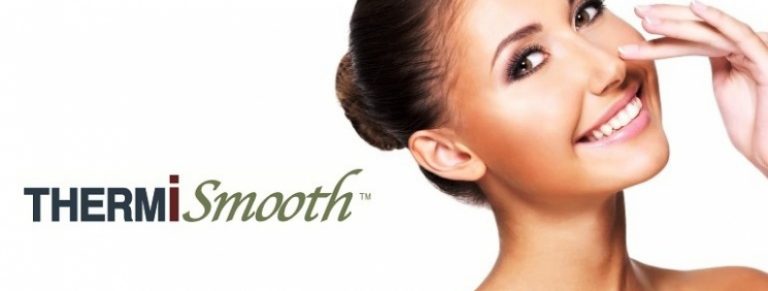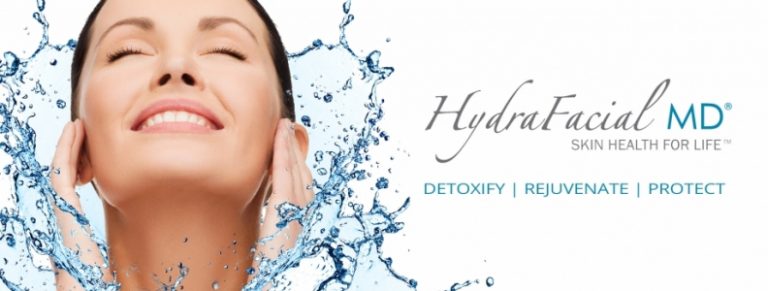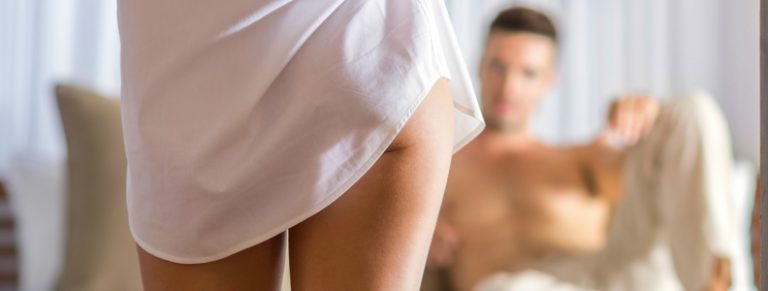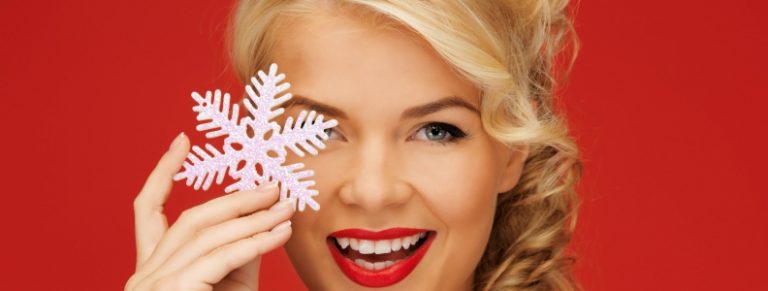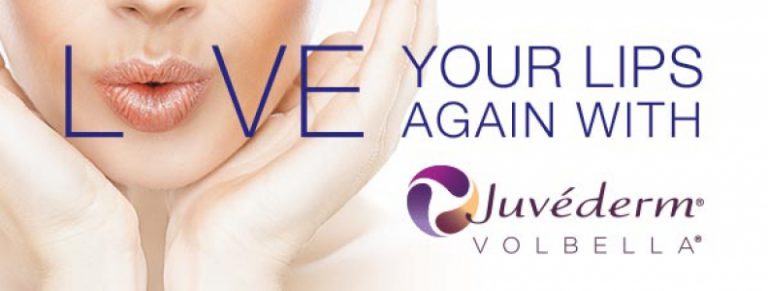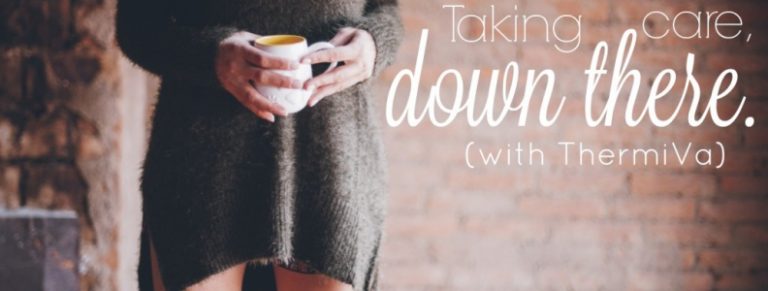Acne Types, Causes, and Treatments for Adults and Teens
Whether you’re a teen suffering from acne or an adult trying your hide your breakout, acne can cause stress, embarrassment, or pain. While many people think their acne is something they must live with, there are advancements in acne treatment that can help treat your acne, heal your skin, and help you regain your confidence.
What is Acne?
Acne is a common skin condition that occurs when hair follicles (tiny holes or pores in your skin) become clogged, infected with bacteria, or inflamed. Clogged pores can happen when there is too much oil, bacteria, or skin cell production, or because of hormonal changes.
These clogged pores cause raised lesions that are often referred to as pimples or zits. These lesions contain a combination of dead skin cells, oil, and sebum (an oily, waxy substance produced by your body’s sebaceous glands). Acne can show up anywhere, including your face, neck, chest, shoulders, and back.
According to the American Academy of Dermatology Association, acne is the most common skin condition in the United States, affecting 40–50 million people at any one time.
What are the Different Types of Acne?
Acne is caused when sebum and dead skin cells clog a hair follicle, but bacteria can trigger an inflammation infection resulting in an acne lesion. Due to this, there are several types of acne, both inflammatory and non-inflammatory:
Whiteheads
Also known as closed comedones, whiteheads occur when pores are clogged all the way through and appear as a little white bump on top of the skin.
Treatment: Whiteheads can’t be fixed by squeezing or popping them. This can cause scarring, so it is wise to skip the popping.
Blackheads
The opposite of whiteheads, blackheads are known as open comedones because the head of the pore remains open while the rest of the pore is clogged. They are black because the pores are open, exposing the bacteria to oxygen. This reaction, known as oxidation, darkens the material inside.
Treatment: Blackheads can be removed by squeezing, although that approach is not recommended because it can cause scarring.
Papules
These small, red, tender bumps form when oil or excess skin cells block a pore and mix with bacteria on your skin called Cutibacterium acnes (or C. acnes). The bacteria then creates an inflamed lesion. Papules do not contain pus but can be painful.
Treatment: use a face wash that contains benzoyl peroxide or salicylic acid. If you have a lot of papules, consider complimenting your routine with a glycolic acid exfoliating tonic solution, an alpha hydroxy acid serum treatment, or an azelaic acid cream.
Pustules
Commonly called pimples, pustules are essentially pus-filled papules. They Are small bulging bumps with a white center and red inflamed skin surrounding them. Pimples contain a yellowish fluid known as pus and are usually found in clusters on your skin. Pustules form when a blocked pore gets infected and/or by hormonal changes in the body.
Treatment: Despite what you see on TikTok, popping pustules may cause the bacteria to spread and should be avoided unless performed by a medical professional.
Nodules
Nodular acne consists of firm bumps that are deep under the skin’s surface and result from a painful infection within the pores caused by C. acnes bacteria.
Treatment: Nodular acne requires the help of a medical professional.
Cysts
The most severe form of acne, cystic acne is the result of an infection deep within the skin. Acne cysts are inflamed, large, pus-filled, and painful.
Treatment: This is the most difficult kind of acne to treat and requires medical attention.
Who Gets Acne?
People of all races and ages get acne. Acne commonly starts during puberty between the ages of 10 and 13 and tends to be worse in people with oily skin.
Although acne remains largely a scourge of adolescence, about 20% of all cases occur in adults. Some adults may experience acne for the first time in their life in their 30s, 40s, or 50s.
Among adults, women tend to get acne more often than men; it affects 12–14% of women between 25 and 50 years of age. Post-pubertal acne is described as an inflammatory mild-moderate form, whose cause is still unknown and whose incidence is increasing
What Causes Acne?
Acne develops as the result of:
- Excess oil (sebum) production
- Hair follicles clogged by oil and dead skin cells
- Bacteria
- Inflammation
But what causes this oil, bacteria, and inflammation in the first place? Scientists are still not sure why some skin is more prone to this inflammatory reaction.
Possible causes include:
- Hormones: It’s likely that hormones play a role in acne, both in teens and in adults. In adult women, acne may be due to or triggered by fluctuating hormone levels, such as during periods, pregnancy, after discontinuing or starting birth control pills, perimenopause, and menopause.
- Family history: Some research suggests that genetics may be a cause. If you have a close blood relative, such as a parent, brother, or sister with acne, you may be more likely to get adult acne.
If you already have adult acne, there are several factors that can trigger an outburst:
- Heavily occlusive hair and skin care products: Read the labels on your skincare and hair care products carefully, including your moisturizer, cleanser, sunscreen, and all other products. They should state at least one of the following:
- Non-comedogenic
- Non-acnegenic
- Oil-free
- Won’t clog pores
- Medication side effect: Acne is a side effect of some medicines. Talk to your doctor to see if acne is a possible side effect of any of the medications you are taking.
- Stress: In response to stress, our bodies produce an excess of androgens (a type of hormone) that stimulate the oil glands and hair follicles in the skin. If you are suffering from ongoing acne, constant stress may trigger an outbreak.
- Smoking: One study found that smoking may play a role for some women with acne. In this study, the women had noticeable whiteheads and blackheads that often covered a large area of their faces. Some also had a few pimples.
- Environmental factors: Dust in the air can clog pores and increase bacteria on the face. This can lead to acne and spots. Chemical pollutants are a real risk too – interfering with the skin’s natural protection system. These pollutants break down the skin’s oils, leaving your skin dry and subject to aging.
Watch out for acne myths!
Despite what you may have been told, the following factors are unlikely to cause, trigger, or worsen acne:
- Chocolate
- Greasy food
- Dirty skin
- Makeup (especially if it’s oil-free)
Can I Treat Acne Myself?
Some types of acne are easier to treat than others, and you should consult with a licensed medical aesthetician if you have persistent or painful blemishes. There are also many treatments available for acne scars. In addition to any treatment you receive, healthy skin care habits will help you get the best results.
Here are 10 tips for your daily skincare routine:
- Wash your skin twice a day and after sweating.
- Use your fingertips to apply a gentle, non-abrasive cleanser. Don’t use a washcloth for this task.
- Use gentle, alcohol-free products and oil-free products.
- Avoid the temptation to scrub your skin.
- Rinse with lukewarm water (not hot).
- Shampoo daily if you have oily hair.
- Let your skin heal naturally. Don’t pick, pop, or squeeze as this will make the acne harder to clear and will increase scarring.
- Avoid touching your face throughout the day. The oils from your hands can cause flare-ups.
- Stay out of the sun and tanning beds. Ultraviolet (UV) light damages your skin, and some acne medications make your skin very sensitive to UV light.
- Protect your skin from the sun and use SPF daily.
- Clean your phone and change your pillowcase often.
- Avoid nicotine.
What are the Best Treatments Options?
Today, virtually every case of acne can be successfully treated. While acne medication may be necessary, advanced spa treatments can be a game-changing alternative or supplement to medication.
Here are some of the best treatments currently available for active acne as well as acne scars.
BroadBand Light® (BBL)
BBL treatments deliver light energy deep into your skin to boost your body’s natural ability to heal and regenerate skin cells. The heat from the laser kills acne-causing bacteria, improving current acne and preventing future problems from forming. Any area of your body can be treated with BBL. This is a non-invasive and gentle procedure with virtually no downtime.
See real patient before and after photos of BBL treatments
Chemical Peels
Chemical peels work by rapidly exfoliating the skin’s surface to enhance cell turnover and improve the skin’s appearance. The treatment reduces pore blockages and pimples by keeping dead skin cells and excess oil from clogging the hair follicle.
Chemical peels come in many different strengths and acidic formulations. Some common acids in chemical peels are alpha hydroxy acids (AHAs), beta-hydroxy acids (BHAs), and trichloroacetic acid (TCA). BHAs are excellent for treating blemishes, large pores, and uneven texture. TCA is often used to treat more advanced visible signs of discoloration caused by acne.
It is important that chemical peels are performed by a licensed aesthetician with access to high-performing peel solutions. Your skin care professional may also recommend take-home skin care products for optimal, extended results.
See a real patient before and after a chemical peel photos
Facials
Facials are a safe and effective way to clean and exfoliate your skin. A licensed aesthetician will properly clean and exfoliate your skin to eliminate oil and other debris that is clogging your pores. They will also perform extractions to get rid of blackheads and whiteheads.
We also offer a HydraFacial treatment. This patented technology combines deep cleansing and exfoliation treatment with hydrating and moisturizing serums. It’s designed for all skin types, so even the most sensitive skin types can easily tolerate the procedure.
See a real patient before and after a facial photos
Microneedling
Because acne can scar the skin, you should consider specific treatments that work for scarring. Microneedling is a great non-surgical system that stimulates your skin’s natural ability to regenerate and heal by the production of collagen. As a result, the skin naturally repairs these perforations, reducing pore size, scarring and improving skin texture.
Other benefits include:
- Tighter skin
- Regained skin elasticity
- Smoothed fine lines and wrinkles
- Improved hyperpigmentation
- Reduced appearance of stretch marks
Dermal Fillers
Another great alternative to treat scarring is dermal fillers. Deep scars often require the use of fillers to safely and effectively plump depressed or pitted acne scars. Acne scars can be filled with collagen, hyaluronic acid, poly-L-lactic acid, the patient’s own fat, or a smoothing dermal gel.
One thing to have in mind is that dermal fillers are temporary. They can last for 5 months to 12 months as your body breaks down the filler. We recommend you come in for regular maintenance sessions to keep your skin looking great.
Other benefits of dermal fillers include the correction of deeper wrinkles and folds, and the restoration of lost volume and contour.
Medical-grade Skin Care Products
There are many topical skin care products that can help address your acne. Ingredients that help acne may range including salicylic acid, benzoyl peroxide, azelaic acid, alpha hydroxy acid, and glycolic acid.
Topical retinoids (derived from vitamin A) can also help unclog pores, such as retinol, adapalene (Differin), and tretinoin (Retin-A). The American Academy of Dermatology considers retinoids to be “the core of topical therapy for acne.”
Related Reading: What Is The Difference Between Retinol & Retin-A?
Medications
If you have deep, painful acne, your doctor may prescribe:
- Medication that you apply to your skin
- An antibiotic to kill C. acne bacteria
- Hormonal therapy (for women)
- Isotretinoin, a prescription medicine for severe acne
If your acne is severe, please see a physician to learn about the medical options available to you.
Visit Our Medical Spas
Our beautiful Medical Spas are located in Midtown Atlanta and Alpharetta. We provide concierge-style services in beautifully appointed spa rooms and our results will speak for themselves. The spa, licensed medical aestheticians, and expert injectors are supervised by two on-site board-certified plastic surgeons.
Our licensed aestheticians can treat a wide range of skincare concerns including, but not limited to, acne, blackheads, skin laxity, sun damage, rosacea, fine lines, wrinkles, scarring, and hyperpigmentation.
If you have questions or concerns about caring for your skin, you should make an appointment to see a licensed medical aesthetician at our Medical Spa.
Patient Testimonial:
“I contacted this office inquiring about chemical peels. The esthetician I met with was such a great help! Very informative and knowledgeable on what would work best for my skin type. She conducted a chemical peel and 6 days later I’m so pleased with the results! My skin feels amazing and looks more even-toned. I highly recommend this practice.”
References
https://www.aad.org/acne-causes
https://pubmed.ncbi.nlm.nih.gov/17007539/
https://www.ncbi.nlm.nih.gov/pmc/articles/PMC2835905/
https://www.ncbi.nlm.nih.gov/pmc/articles/PMC5574737/

